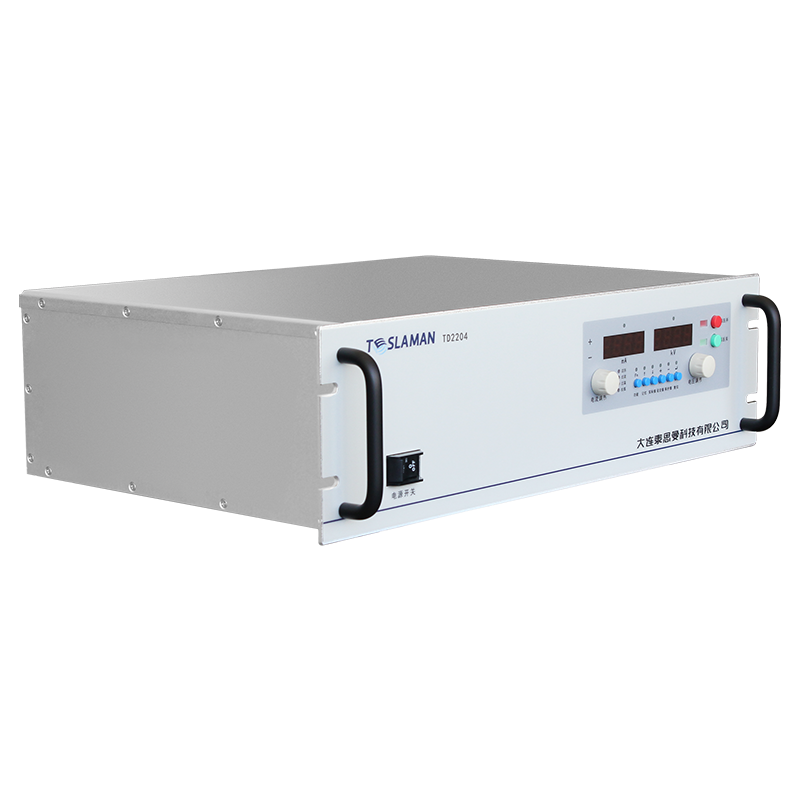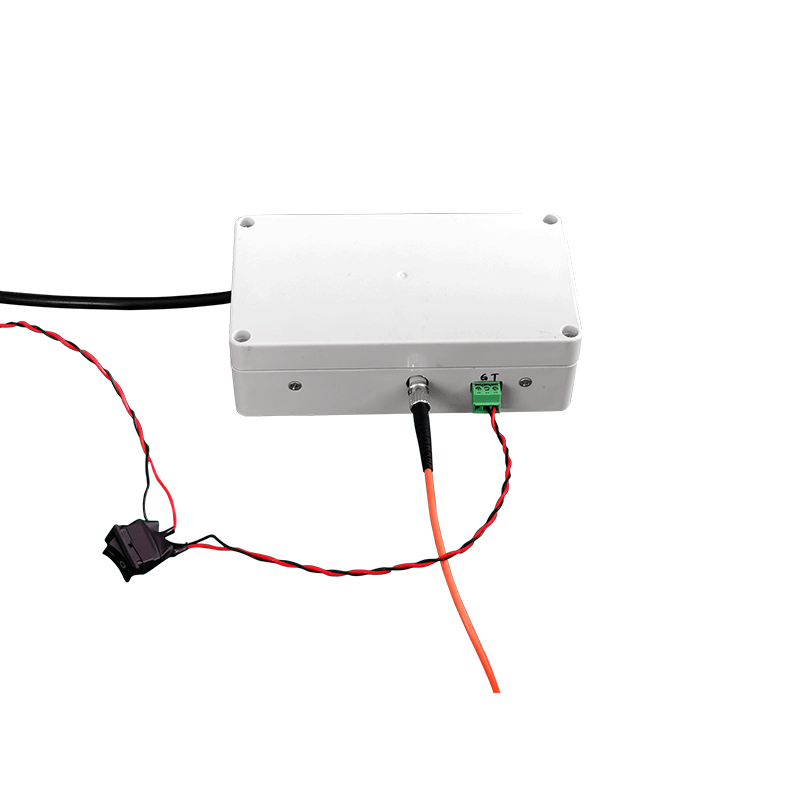High-Voltage Power Systems Enhancing Efficiency in Wafer Deposition Processes
Wafer deposition processes—including chemical vapor deposition, physical vapor deposition, atomic layer deposition, and plasma-enhanced variants—are central to semiconductor device fabrication. These processes rely heavily on high-voltage power systems to generate stable plasmas, maintain uniform ion energies, and control the kinetic interactions that define thin-film quality. As device architectures evolve toward smaller geometries, higher aspect ratios, and more complex multi-layer stacks, the performance of high-voltage power supplies plays an increasingly critical role in determining deposition efficiency and film integrity.
A primary function of high-voltage power sources in deposition tools is the initiation and stabilization of plasma environments. Plasma density, electron temperature, and ion bombardment energy are highly sensitive to voltage ripple, transient disturbances, and response time of the power system. Even small deviations can introduce defects such as micro-voids, inconsistent growth rates, or non-uniform step coverage. Advanced high-voltage supplies are engineered to achieve extremely low ripple, fast dynamic regulation, and high-frequency switching performance that aligns with the rapid plasma transitions required in modern deposition chambers.
Digital control techniques allow high-voltage power supplies to adapt quickly to load changes caused by varying chamber conditions, reactive gas dynamics, and evolving sheath potentials. This ability to maintain stable output under rapidly fluctuating impedance is essential for uniform thin-film deposition. In plasma-enhanced systems, where RF or pulsed-DC techniques are used, the high-voltage supply must synchronize with ancillary power modules to avoid waveform distortion and ensure precise control over ion energy distribution. Improved synchronization between high-voltage drivers and RF sources directly contributes to better control of film density, stress, and conformality.
Power efficiency is another critical factor, especially in large deposition platforms that operate continuously in high-volume manufacturing environments. Modern high-voltage systems utilize resonant conversion topologies, wide-bandgap switching devices, and advanced soft-switching techniques to reduce conduction and switching losses. These improvements translate into lower operating costs, reduced thermal stress on components, and smaller cooling infrastructure requirements. Efficient power delivery also contributes to more stable plasma generation by minimizing thermal drift that could otherwise influence voltage regulation.
Contamination control, a key requirement in wafer processing, benefits from improvements in power architecture as well. Stable high-voltage supply behavior reduces particle generation by minimizing abnormal plasma events such as arcing or sputter surges. Predictive diagnostic features allow early identification of conditions that typically precede contamination spikes, enabling proactive maintenance and chamber conditioning.
Another direction in powering deposition systems is the integration of real-time monitoring and feedback into fab-level control frameworks. High-voltage supplies equipped with digital interfaces stream operational data—such as voltage profiles, fault histories, impedance trends, and temperature metrics—to factory automation systems. This data supports advanced process control, enabling correlation between power delivery characteristics and film properties, which helps refine deposition recipes and improve overall yield.
Finally, modular high-voltage supply structures allow deposition tools to be easily reconfigured for different process chemistries or film requirements. By adding or removing modules, adjusting output configurations, or upgrading internal switching components, equipment manufacturers can extend tool lifetimes and support next-generation materials without major redesigns. This flexibility is particularly valuable in a manufacturing environment where new materials, barrier layers, and dielectric films are introduced frequently.
Through improving efficiency, stability, digital integration, and process adaptability, high-voltage power systems play a vital role in advancing wafer deposition performance. Their precision underpins the quality of thin films and directly influences device reliability and performance at nanometer scales.




















